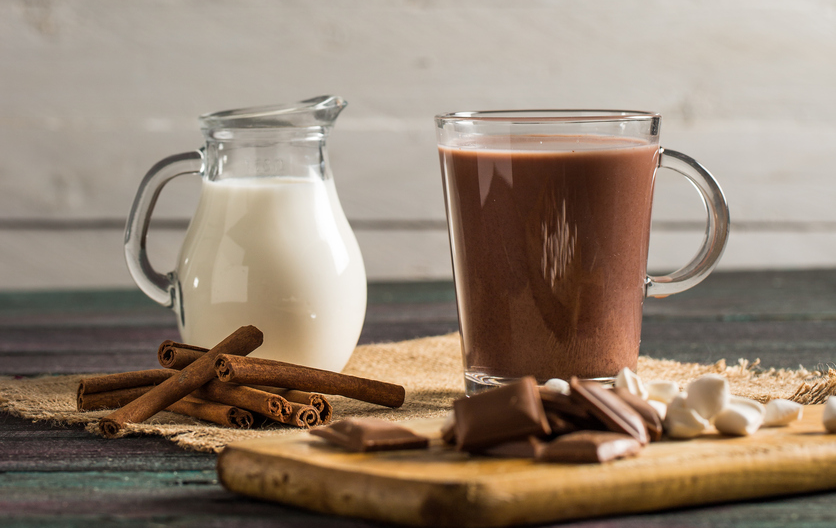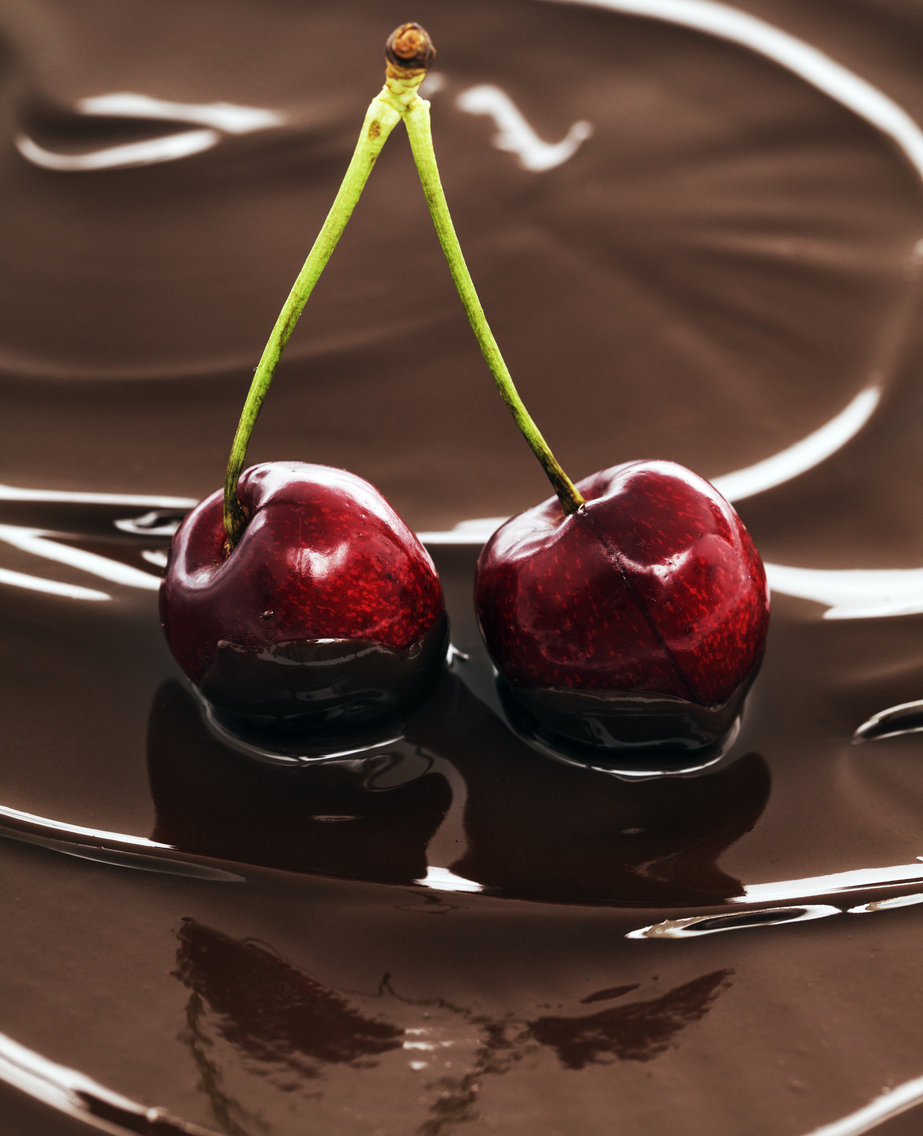Chocolate bars, chocolate buttons, chocolate chips – we don’t discriminate at all when it comes to the indulgent dessert.
Of course, chocolate is delicious all by itself. Period. But there are ways to literally (and figuratively) spice up the tempting treat and make it even more amazing. Combos like peanut butter and caramel, are obviously here to stay, but to really push the envelope, we asked nine tastemakers to tell us how they bring out the hidden flavors of chocolate.
Hazelnuts and Bananas

“I like to pair chocolate flavors, like raw cacao, with healthy fats from nuts, especially hazelnuts. This is the perfect combo because the cacao enhances the flavor of the hazelnut’s creamy texture. Then, add a banana and the cacao’s bitter bite neutralizes the sweet fruit!” — Molly Rieger, MS, RD, nutritionist at NYC’s Broken Coconut
Salt

“It's almost a clichè now, but for good reason. A few sprinkles of flaked sea salt transforms a chocolate chip cookie into a something otherworldly. In brownies and cakes, I turn to espresso powder to amp up chocolate's deep notes, and to almond extract to enhance the natural sweetness without upsetting the balance of the other ingredients.” — Sharon Graves, proprietor at LA’s BLVD Kitchen and Mom in the Mail
Spices

“Subtle flavors that work excellent with chocolate: Chili, peppermint, and spices such as cinnamon. Chocolate has a strong and unique flavor. It is creamy and often quite sweet. For this reason, spices, seasonings, and other flavors with sharp and unique characteristics pair well to cut through the creaminess of the chocolate and balance out the sweetness.” — Zoe Demkiw, owner and founder of Bake Me Cake and pastry chef at NYC’s Hole in the Wall Cafe & Bar
Milk

“Similar to how a Scotch is opened with a few ounces of water, a tasting tip for chocolate is to open it up with dairy. I generally allow the chocolate to melt in my mouth and then chase it with milk. — Annika Loureiro, executive pastry chef at Crossroads Chapel Hill – The Carolina Inn, A Destination Hotel
Red Wine

“I love pairing dark chocolate with red wine. Dark chocolate tends to be a bit more on the bitter side, but bitter can be smooth if you use a true couverture brand of chocolate. Like wine, chocolate has different taste aspects depending on what region of the world it is grown in. My favorite is from the Venezuelan area, which tends to lend a berry finish, if you like something fruity. I would suggest drinking a red wine that isn't too dry like a Syrah or a light Port wine. Then there is chocolate from the African region, which tends to have more earthy, rich notes, which I feel pairs well with a great Scotch or whiskey.” — Max Santiago, executive corporate pastry chef at NYC’s Sugar Factory
Local Ingredients and Cold Brew Coffee

“It's always best to pair chocolate with whatever grows in the region that it's from, like wines, herbs, and spice trees that grow in the fields alongside the cacao bean. If, for example, you have vanilla fields or citrus trees, all of this adds to the different aromas and nuances of the bean. The best thing to bring out its flavor during tastings is actually a cold brewed coffee, especially for that region. The bitter notes of the coffee really pair well with cacao flavors.” — Michael Mignano, executive pastry chef at NYC’s Perrine
Jasmine Tea

“Another unusual pairing is with a floral tea. A precisely timed infusion in the hot cream will bring subtle floral flavors to your chocolate preparation.” — Damien Villareal, executive pastry chef at NYC’s Bagatelle
Fruit

“An easy but healthy treat I love to make for myself at home is taking frozen, dark, sweet cherries and rolling them into melted dark chocolate. If have time to go the extra mile or need something quick for a dinner party, I pop them on mini skewers and sprinkle crushed almonds overtop. The sweetness from the cherries and almonds highlights the fruity notes in the chocolate.” — Jessica Young, chef and head of product at Daily Harvest
Thandai
"I enjoy pairing a dark chocolate with Thandai, a popular Indian mix. The mix is native to India and contains a mixture of almonds, fennel seeds, magajtari seeds (watermelon kernel), rose petals, pepper, vetiver seeds, cardamom, saffron and sugar. It is often associated with the Maha Shivaratri and Holi festival and is frequently consumed in Northern India." — Chintan Pandya, executive chef of NYC’s Rahi




